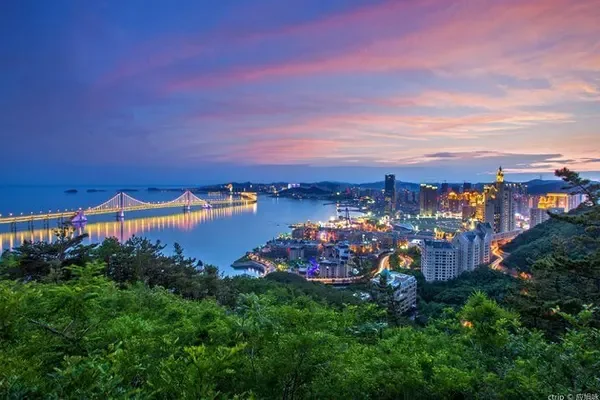introduce
The Wei-Jin Brick Mural Tomb is located in Xincheng Town, about 18 kilometers east of Jiayuguan City. In an area of nearly 13 square kilometers, there are more than 1,000 ancient tombs from the Wei and Jin Dynasties. It is known as the "Underground Gallery". From 1972 to 1979, 18 tombs were excavated successively, of which 9 were portrait brick tombs and 9 were plain brick tombs. Among them, Tomb No. 5 was moved to Gansu Provincial Museum as a whole in May 1973. At present, only the 6th and 7th are officially open to the public.
The tombs in Xincheng have a unique architectural shape. The tombs are composed of tomb passages, tomb doors, gate towers, front chambers, middle chambers, back chambers, corridors, ear chambers, and niches. Building bricks are divided into imprinted square bricks, rectangular bricks, carved bricks, portrait bricks and so on. The gate of the tomb is built with strip bricks to form an arched coupon, and above the top of the coupon, strip bricks are used to build the gate tower. The walls of the gate tower are embedded with carved bricks in the shape of bucket arches, figures, and animal heads. Mode.
A total of more than 760 brick paintings were unearthed from the tomb, mostly in the form of one brick for one picture, half a brick for one picture, or a comic strip composed of several bricks. These brick murals are bright in color, unique in style, and skillful in painting. The content of the brick murals is based on the real life at that time, reflecting farming, breeding, mulberry picking, feasting, traveling, military drills, hunting, etc. Physical data on politics, economy, culture, military, ethnicity, folk customs and climate of the region. Among them, the content of painting has filled the gap in the history of painting in the Wei and Jin Dynasties in the field of fine arts.
opening hours
09:00-17:00 throughout the year; the specific business status is subject to the opening of the day
must see tips
The ultraviolet rays are strong here, so bring sunscreen.

